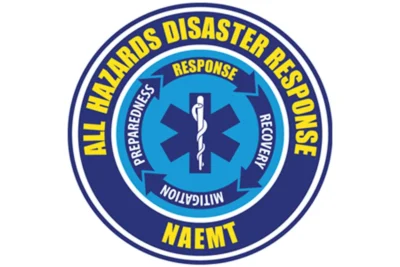
All Hazards Disaster Response (AHDR)
All Hazards Disaster Response (AHDR)
Who Should Attend?
Who Should Attend?
AHDR is designed for:
-
- EMS Practitioners (All Levels)
- Emergency Medical Responders (EMRs)
- Paramedics and EMTs
- Hospital and public health professionals
- Disaster planners and emergency coordinators
Whether you’re working in pre-hospital settings or managing healthcare operations, AHDR strengthens your ability to respond confidently and efficiently when disaster strikes.
Notes
In today’s unpredictable world, emergency professionals must be trained not only for traditional emergencies, but for complex, large-scale incidents. AHDR provides a comprehensive approach to disaster preparedness and response, enabling participants to:
-
- Analyze likely hazards and threats in their region
- Evaluate existing emergency resources and limitations
- Develop scalable and coordinated disaster response plans
Participants begin the course by conducting a Hazards Vulnerability Analysis (HVA), identifying natural and man-made threats unique to their communities, including the needs of vulnerable populations such as hospital patients or long-term care residents.
Key Learning Objectives
The course emphasizes practical strategies for:
-
- Effective communication during disaster events
- Mutual aid coordination and system interoperability
- Resource management (supplies, medications, and equipment)
- Triage and transport under mass casualty conditions
- Evacuation and patient tracking
Training culminates in a realistic mass casualty simulation, giving participants a chance to apply what they’ve learned in a high-pressure, scenario-based environment.
Certification & Accreditation
-
- Certification Validity: 4 Years
- Accreditation: Commission on Accreditation for Prehospital Continuing Education (CAPCE)
- Recognized by: National Registry of Emergency Medical Technicians (NREMT)
- Continuing Education Credit: 8 Hours (CAPCE)

